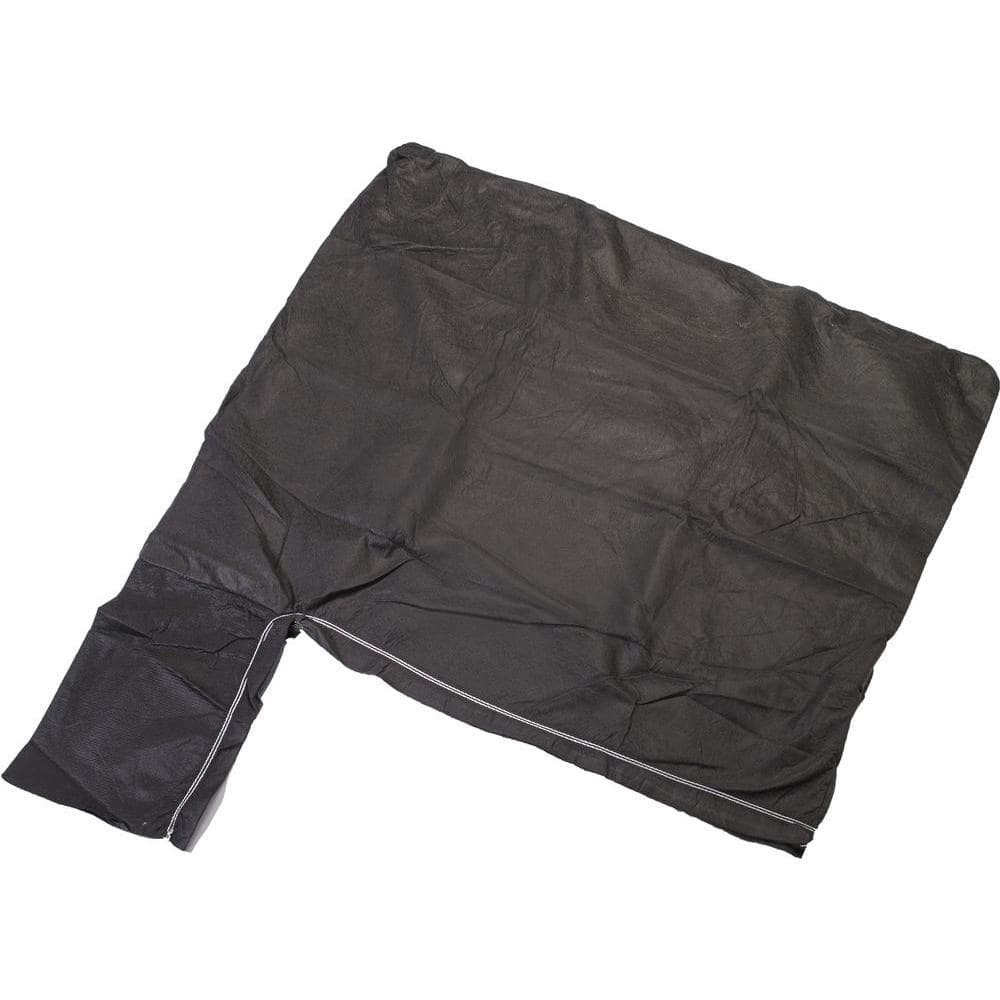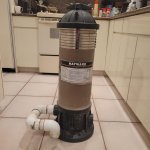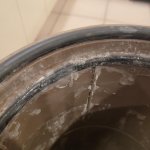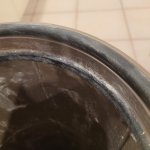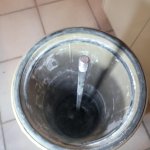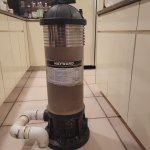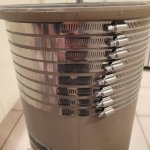This is a solution to the DE separation tank leak from cracks in the shell that TFP website users have reported in the past. This occurs near the top of the tank when the black ledger support internal ring splits and lets the DE filter bag be pushed down causing its top sealing ring to expand the shell as it descends into the tapered body internally. The tank is subject to a lot of pressure over a small surface area during the backwash process and the bag descending past a broken support ring causes further expansion pressure from the tank inside due to its tapered construction.
The repair is to use epoxy glue into the crack to seal it and use a series of eight 10 inch worm gear band clamps you can get on Amazon for $14 to reinforce the wall over the outside of the tank to give it the needed support. You still need epoxy glue to put back the ledger black inner ring that supports the separation bag top ring and it will stay there once you band clamp the outside of the tank. The steel bands on the outside of the tank act a safety sleeve to make this repair safe and strong.
This repair works very well and will save you the $600 for a new expansion tank which is still made from the same plastic. Due to its limited production numbers the cost of a new DE separation tank remains high. DE is a very messy and noticeable contaminate when blasted to the ground or street so it is best to contain and dispose of it properly which is what the DE separation tank does. If it would only cost a bit less more pool users would use it and its production numbers increase thereby reducing its market cost and save the environment at the same time.
The stainless steel Pentair separation tank is stronger than the plastic but it is off the market. There are only two separation tanks available currently on the market-- one from Pentair and one from Hayward and both are plastic.
The repair is to use epoxy glue into the crack to seal it and use a series of eight 10 inch worm gear band clamps you can get on Amazon for $14 to reinforce the wall over the outside of the tank to give it the needed support. You still need epoxy glue to put back the ledger black inner ring that supports the separation bag top ring and it will stay there once you band clamp the outside of the tank. The steel bands on the outside of the tank act a safety sleeve to make this repair safe and strong.
This repair works very well and will save you the $600 for a new expansion tank which is still made from the same plastic. Due to its limited production numbers the cost of a new DE separation tank remains high. DE is a very messy and noticeable contaminate when blasted to the ground or street so it is best to contain and dispose of it properly which is what the DE separation tank does. If it would only cost a bit less more pool users would use it and its production numbers increase thereby reducing its market cost and save the environment at the same time.
The stainless steel Pentair separation tank is stronger than the plastic but it is off the market. There are only two separation tanks available currently on the market-- one from Pentair and one from Hayward and both are plastic.


